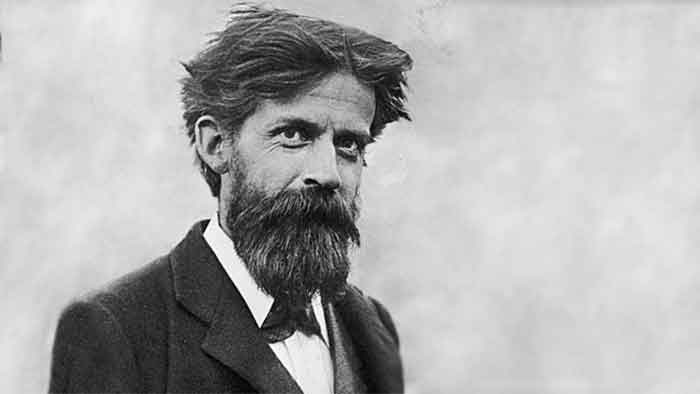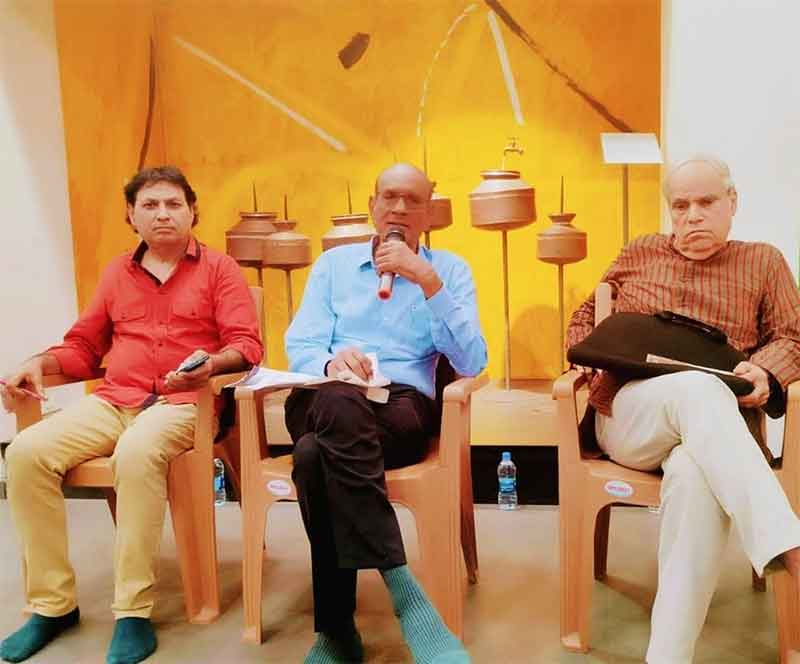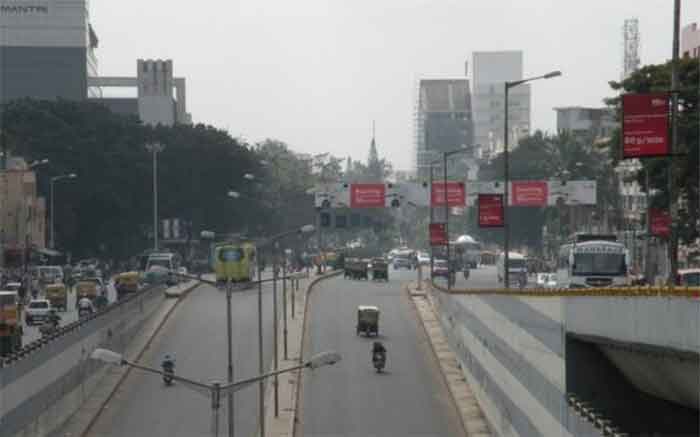
One of the most successful plays in New York in the last few days is against the planner Robert Moses who destroyed so many poor neighbourhoods in the city, promoted the car lobby, worked against public transport. He was strongly opposed by Jane Jacobs, a pro people urban planner who fought automobile dominance. The play portrays the conflict between the two. The play is Straight Line Crazy by David Hare, the prominent British plywright.
It is also important to note that the National Theatre commissioned David Hare to write a play about the 2008 financial crash. Hare belongs to an important group of British playwrights radicalised during the 1960s and 1970s. In recent works he has scrutinised aspects of capitalism, from the consequences of the privatisation of British Rail (Permanent Way, 2004) to the Labour government’s colonial conquest of Iraq (Stuff Happens, 2004). Here he finds himself focusing on the capitalist system itself.
In Mumbai there are few heroic figures like Jane Jacobs while on the other side there is no single big culprit, there are far too many of them and over a long period. So a playwright would in a sense have an advantage,a larger cast of characters and time period. The disfiguring caused by the Metro and the builder lobby and others provides plenty of scope.
For heroes we may have to go back in time to Patrick Geddes, the Scottish planner and a multi sided genius who spent several years in India during the early 20th century who prepared master plans for several cities and towns.
He is far more relevant to us than Corbusier, the master builder of Chandigarh, who is coming under increasing criticism in the last few years because he was seen as a sympathiser of fascism and had he got his way he would have destroyed much of the older part of Paris for his ideas of redevelopment.
The memory of Geddes was revived in Mumbai last week with Indra Munshi,sociologist, delivering a lecture on him at the Asiatic society of Mumbai. She was former head of the department of sociology of Mumbai university which had been founded by Geddes in 1919, it is the first in India in the subject.
She is the author of a book on Geddes in which she discusses Geddes’ early experiments with urban renewal in Edinburgh, the famous Cities and Town Planning Exhibition and his work in India for the improvement of cities and towns with minimal financial and human cost. It examines the theoretical underpinnings of his ideas in relation to issues such as better housing and health; the preservation of history and culture; the role of a citizen; university and urban renewal; and the contemporary urban ecological crisis among others. Furthermore, it looks at the question of sustainability in the context of Geddes’ vision of a more humane, social, natural and aesthetic town and city.
Of Geddes Ramchandra Guha argues that many of the social and environmental problems of a rapidly urbanising India were strikingly anticipated by Patrick Geddes, the Scottish town planner who worked in the subcontinent a century ago. Between 1914 and 1924, Geddes travelled across large parts of British India, studying and writing about what he saw. His reports from his Indian sojourn lie in libraries in his native Scotland. Published in limited editions, they are largely (if not wholly) forgotten now. But, as I shall hope to show here, they speak directly to the concerns of the present, to the search for a more dignified and more humane life for the citizens of Ahmednagar, Bijapur, Delhi, Mumbai, Aizawl, Patiala, and a hundred other towns and cities in India.
Unsurprisingly, his approach went down like a ton of bricks among the colonials. The British colonial engineers in the Public Works Departments, who prided themselves on their capability to bring modernity, hygiene and order to these cities through wholesale demolition of slums, and by building new sewers and roads, detested him. They thought he was mad.
Geddes was greatly influenced by progressive, anarchist thinkers (anarchist in the best sense) like Kroptokin and geographer Elisee Reclus . The latter’s geographical work, thoroughly researched and unflinchingly scientific, laid out a picture of human-nature interaction in which people could properly live in self-regarding and self-determined bioregions without the interference of large and centralized governments that always try to homogenize diverse geographical areas.
Years of specialisation in one field can narrow the mind. Geddes, the man without a college degree was talented in multiple ways, disciplines. He had leapt lightly from botany to biology, then to sociology, and to the study of the history of urbanisation, was accepted as a town planner in the way Le Corbusier and Satish Gujral, both artists, are recognised as architects.
Vidyadhar Date is a senior journalist and author of a book on democratisation of transport
















































